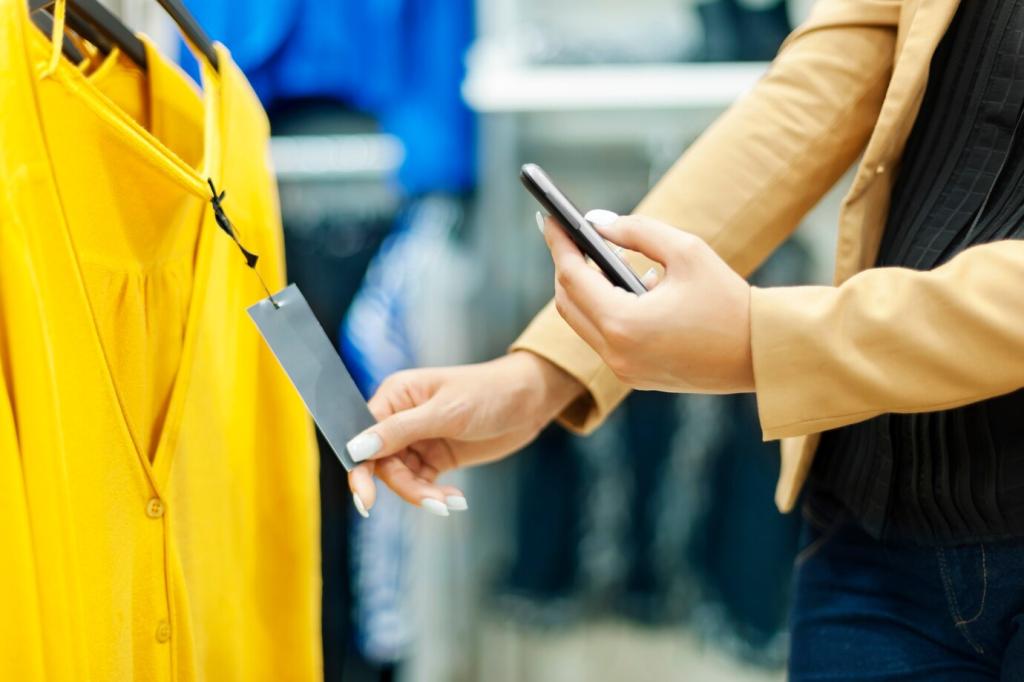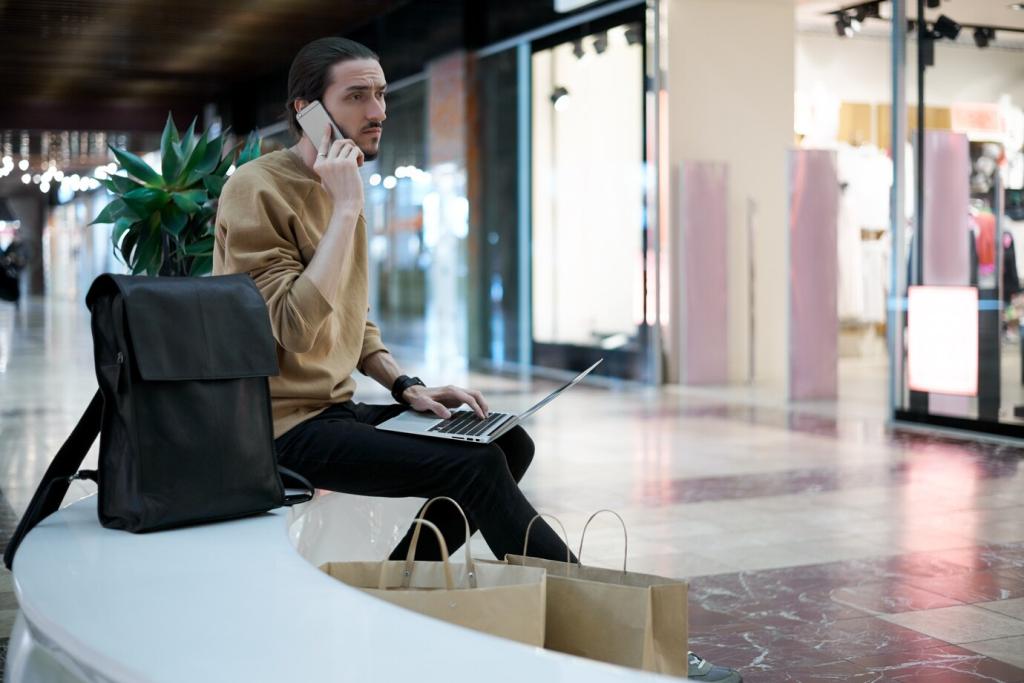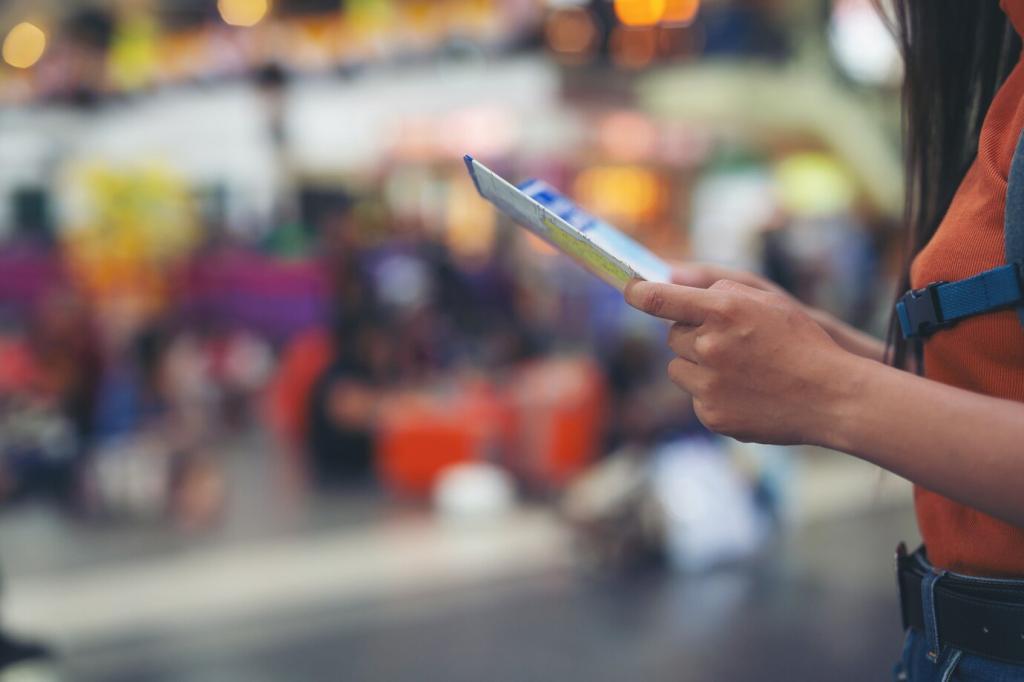This website uses cookies so that we can provide you with the best user experience possible. Cookie information is stored in your browser and performs functions such as recognising you when you return to our website and helping our team to understand which sections of the website you find most interesting and useful.
Augmented Reality (AR) is rapidly transforming the retail landscape by integrating virtual elements into physical shopping experiences. Retailers are leveraging AR technology to engage consumers in new and innovative ways, personalizing the purchasing journey and bridging the gap between digital convenience and physical interaction. The adoption of AR is not just about adding novelty; it serves as a strategic tool for enhancing brand visibility, improving customer satisfaction, and driving sales growth. As the technology becomes more accessible, its impact on retail strategies grows more profound, reshaping how brands connect with their customers and how consumers perceive products and services. This exploration delves into the key aspects of AR influencing the retail industry, from customer experience to operational innovation.
Enhancing Customer Experience with Immersive Engagement
Driving Innovation in Retail Marketing Strategies


Inventory Management and Stock Replenishment

Employee Training and Onboarding


